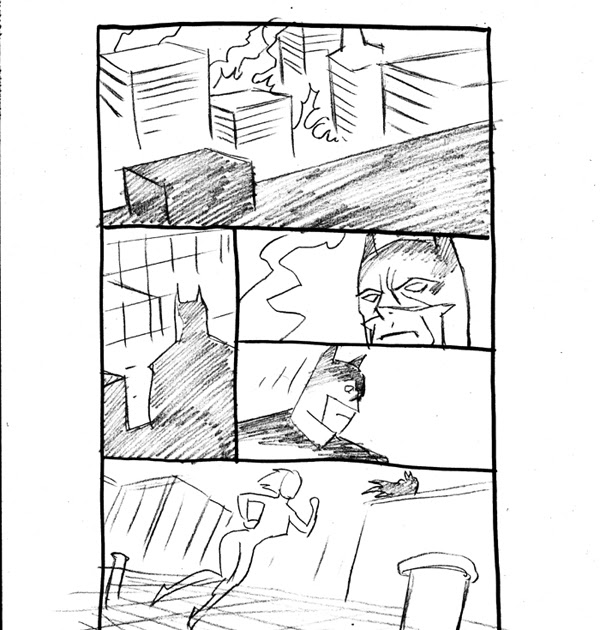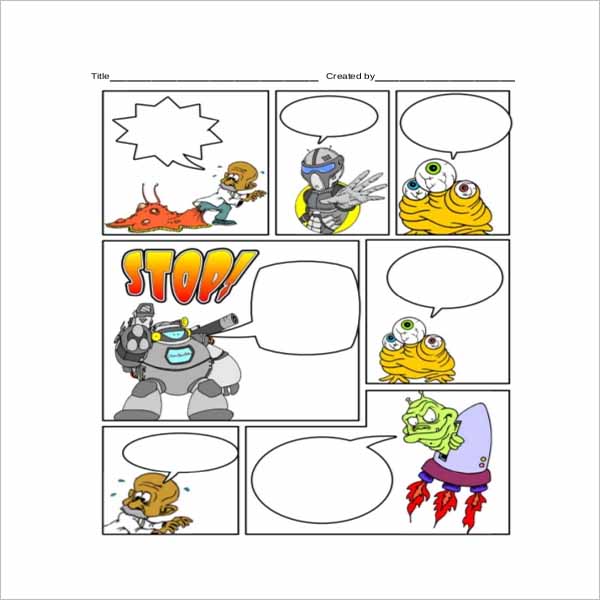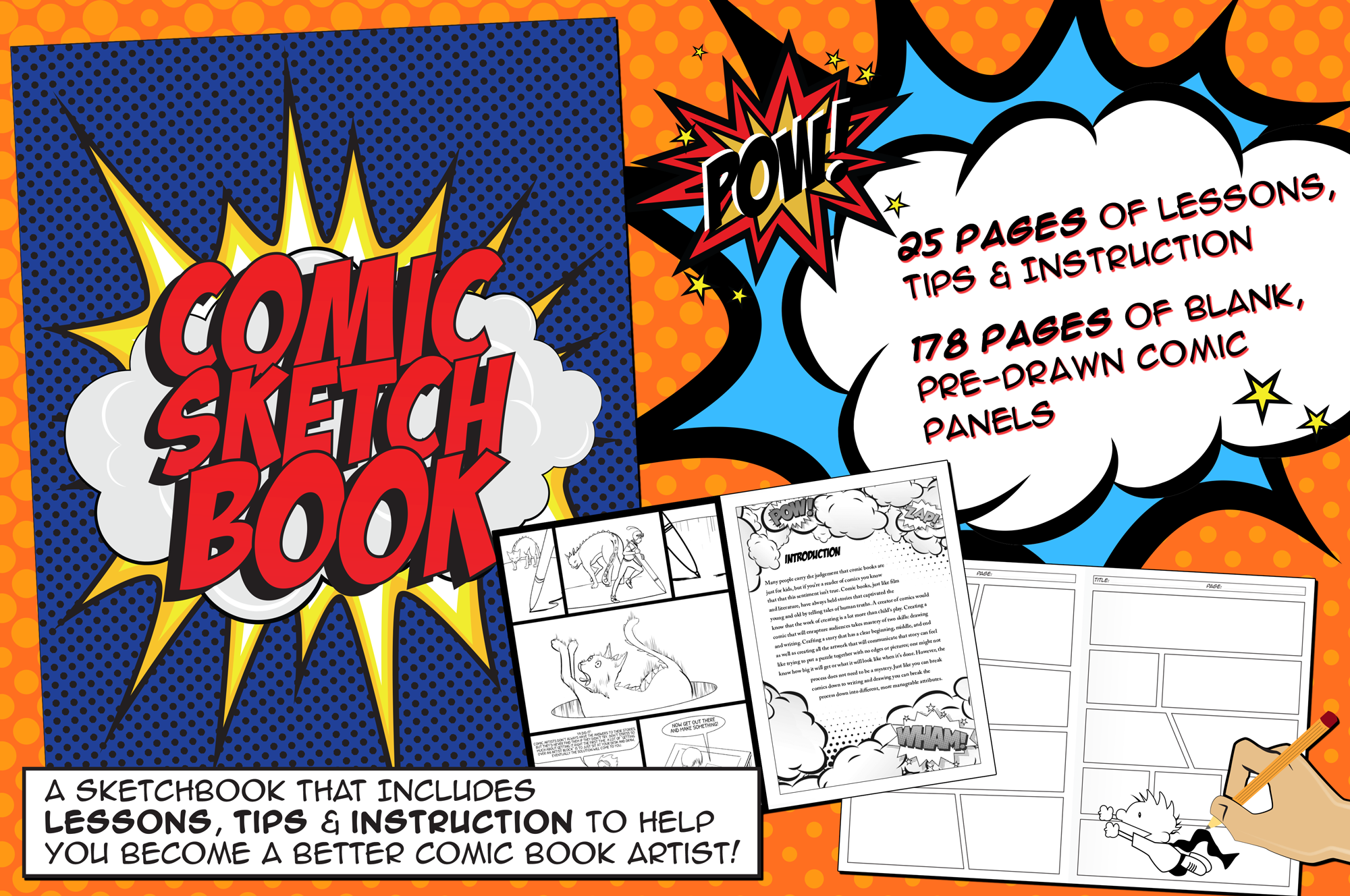

I think the example is drawn by Jessica Abel. That last one is interesting because the same thing comes up in Drawing Words & Writing Pictures as a problematic page design. What happens when you change the size of gutters or get rid of them, and what happens when you have two panels stacked on each other next to a tall one, on either the left or the right. They also looked into what happens when you stagger or overlap panels. We tend to read that left to right, then back and again. It was more of a control than anything else. Now the basic six panel grid led to no surprises. We had some good examples and rules of thumb, but this is great. Honestly we had nothing like that to look at when i was learning about page design. They gave the bank layouts generated from that to both comics literate, and novice comics readers, and told them to enumerate the panels in order of how they imagined they were supposed to be read! Cool Beans. They also created a number of other ‘ghost’ page layouts without any art, based on a number of conventions they found in a sampling of american comics.
Simple comic layout download#
By the way, that Steranko page has its own dedicated paper in fact, analyzing the way different readers interpreted it! I recommend you download it and read it as well! They took a famous experimental Jim Steranko page designed to confuse readers, and removed all the art from the panels. It was published in Frontiers in April 2013 by Neil Cohn of the Center for Research in Language, University of California San Diego.
Simple comic layout full#
Now the study I mentioned can be read in full here. Text in Balloons = speech, or thoughts as indicated by different styles of Tails, which indicate who is speaking or thinking.Ĭaptain America #111 (1969), script by Stan Lee, pencils and colors by Jim Steranko, inks by Joe Sinnott

Text in Boxes = voice over or third person.

The spaces between Panels are called Gutters, and the area around the outside of the panels before the edge of the paper, typically is referred to as a Margin.Īrt that goes to the edge of the page is called Full Bleed. So in this nine panel page layout example, the arrows show how we’d read it. We read Comics One Panel at a time–analogous to one word at a time–to the end of each row of panels–analogous to a sentence. And then back to the left to start over.įrom left to right, top row first and then back and from left to right again. Both otherwise follow most of the same basic rules beyond that mirroring. Manga, Japanese Comics, reverse this running right to left. Left to right, in horizontal rows top to bottom.

In northamerica and the western world, we typically read comics the same way as we do pages of text. That’s invaluable insight to add to the old wisdom, and I detail some other notions here that are borrowed for some other disciplines.įirst some basics. But in 2013 I read of a formal study done on panel layouts, and we can now say with some certainty how people are likely to read one based on a few kinds of page designs. Until recently there was no science to this just theory that I knew about.
Simple comic layout how to#
So it’s important to learn a few basics about how to build Flow into your pages and make sure your comics are easy to read. But, even if you never break them up or very panel sizes AT ALL, just use a grid, there are configurations of the content within that can break the storytelling, losing and confusing readers. Part of why they help make, making comics easier, is that they can simplify the decision-making process of where the next panel goes. In a previous post I talked about grids, specifically the 9 panel grid but I mentioned there are many others. To what kinds of arrangements of panels can work, and which might confuse readers more. It covers everything from the rudimentary like having the first person speaking always on the left side of the panel, so that their word balloons tale won’t cross the next one when we read the page left to right. Noodle Arms to Bigfoot: A Cartoon familyĭialog always starts on the left, and you don’t want to cross tails! Lead the eye with word balloons in a logical direction.įlow is a big subject, though to nail down simply.Story Strategy: Adapting from Public Domain.Snakes Ladders & Closure: The Mechanics of Comics Art.I'm not currently taking payments, but you can check out my active WIP blog on Patreon still!


 0 kommentar(er)
0 kommentar(er)
